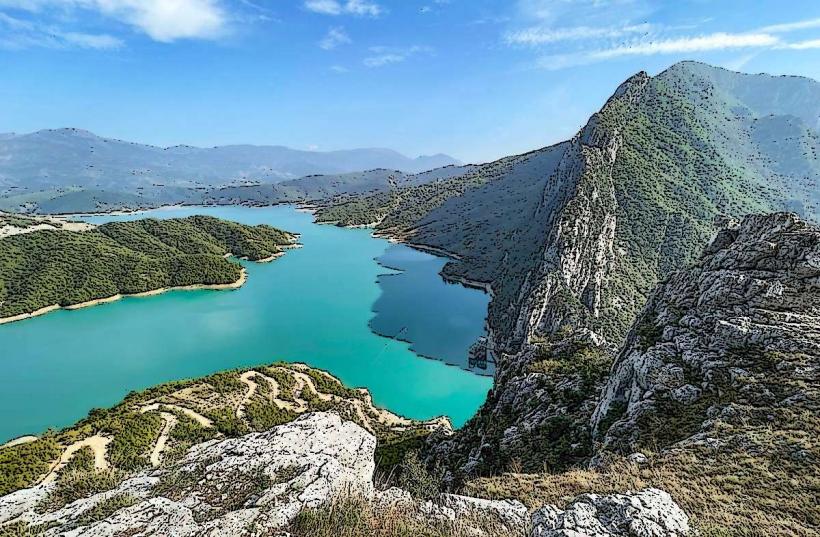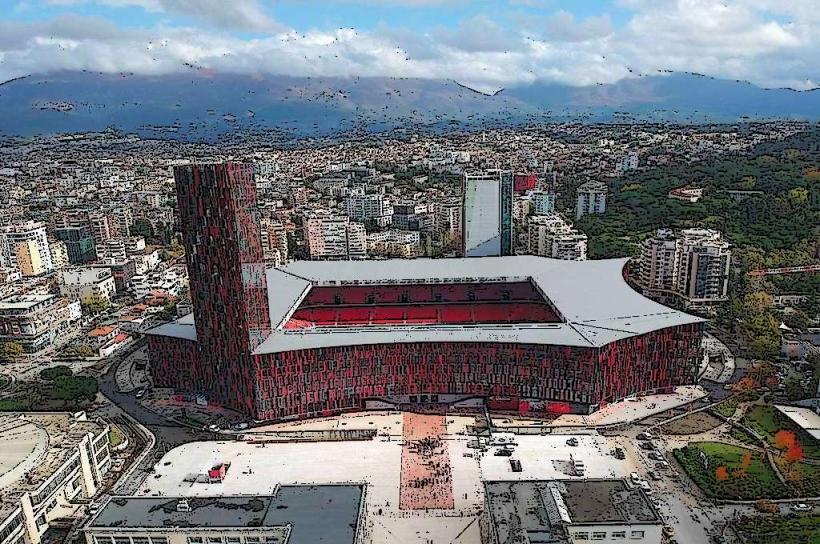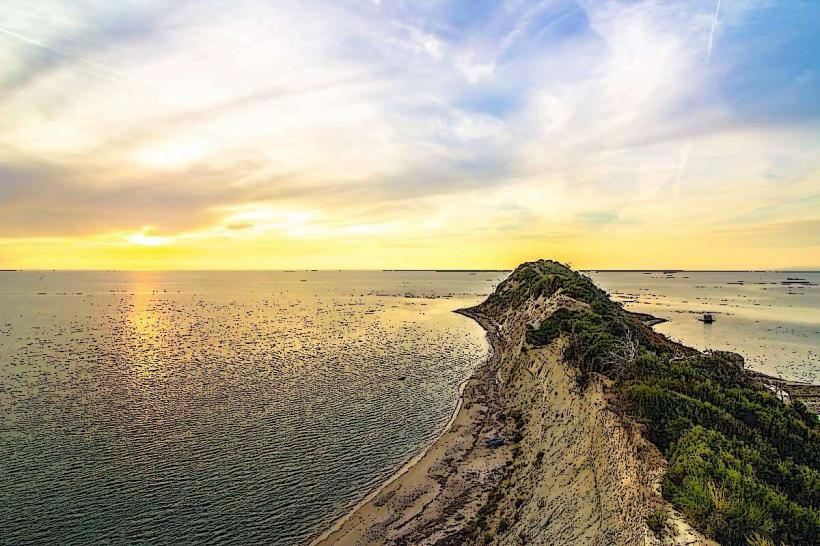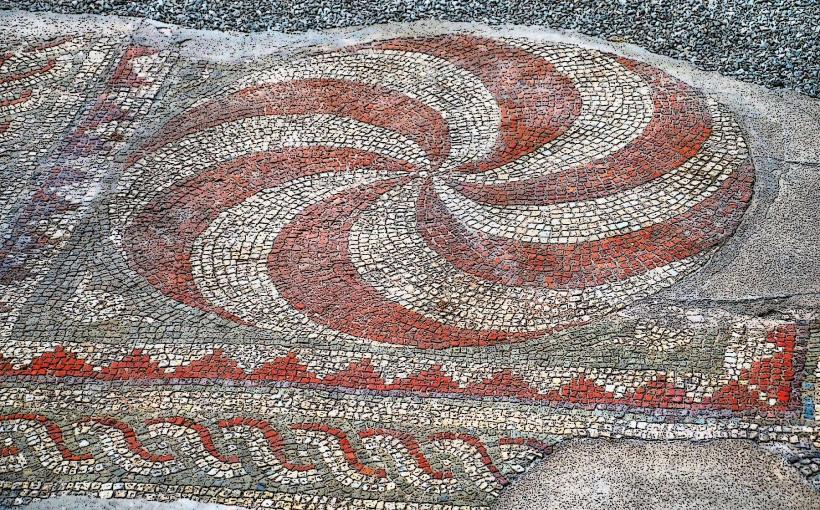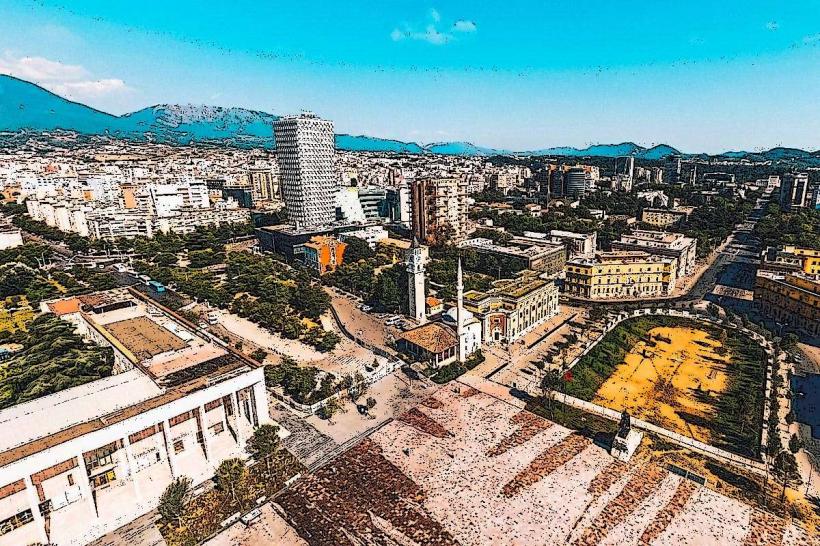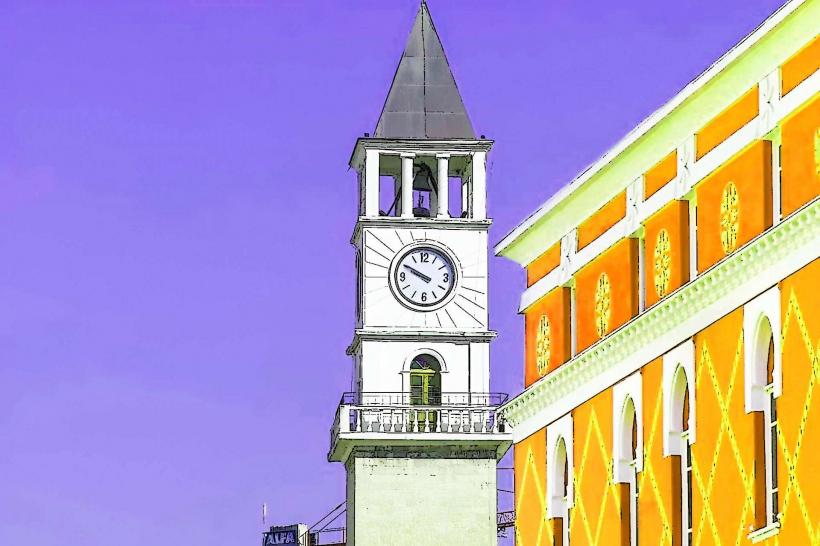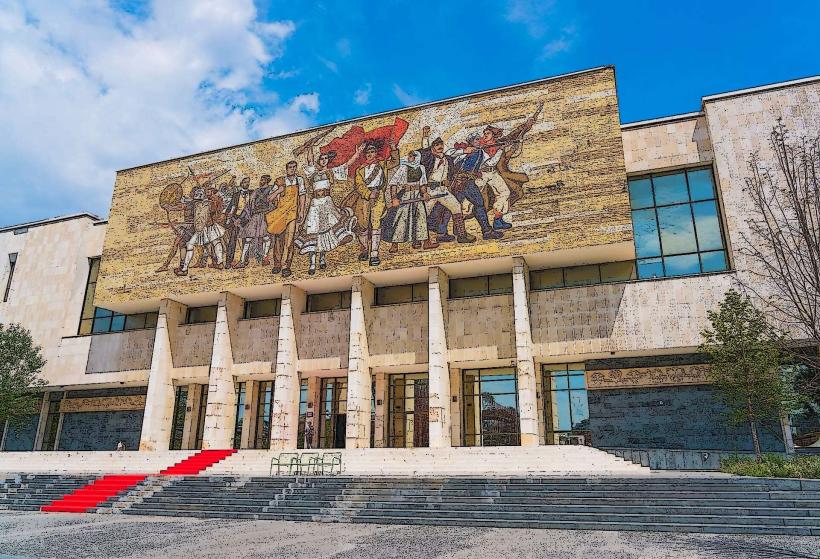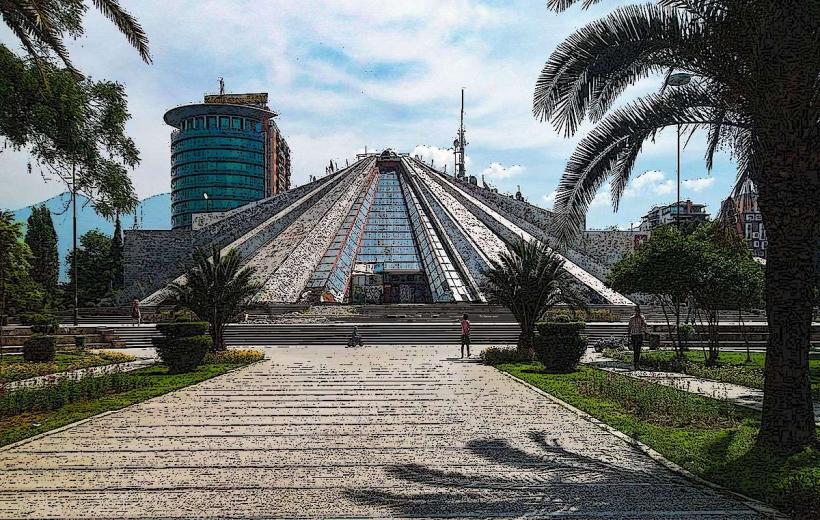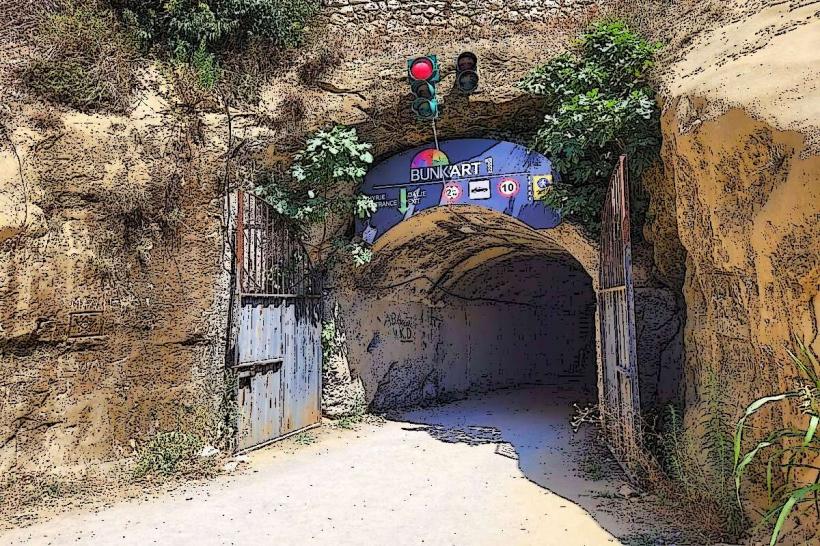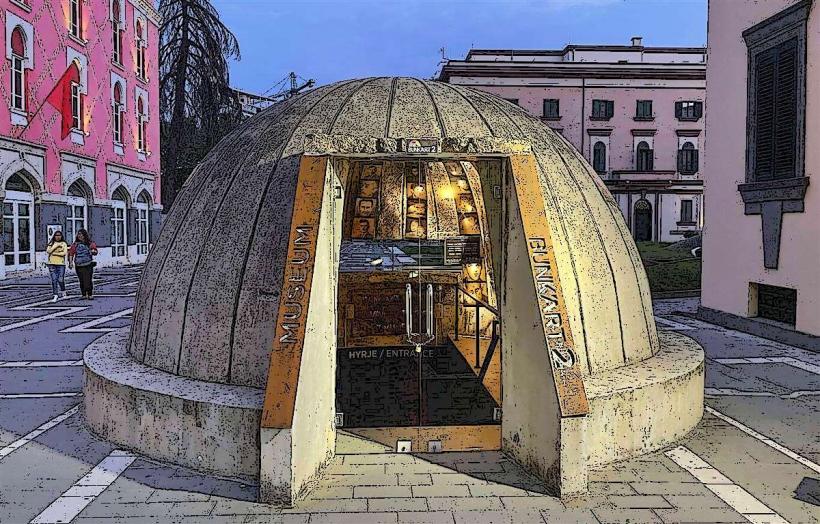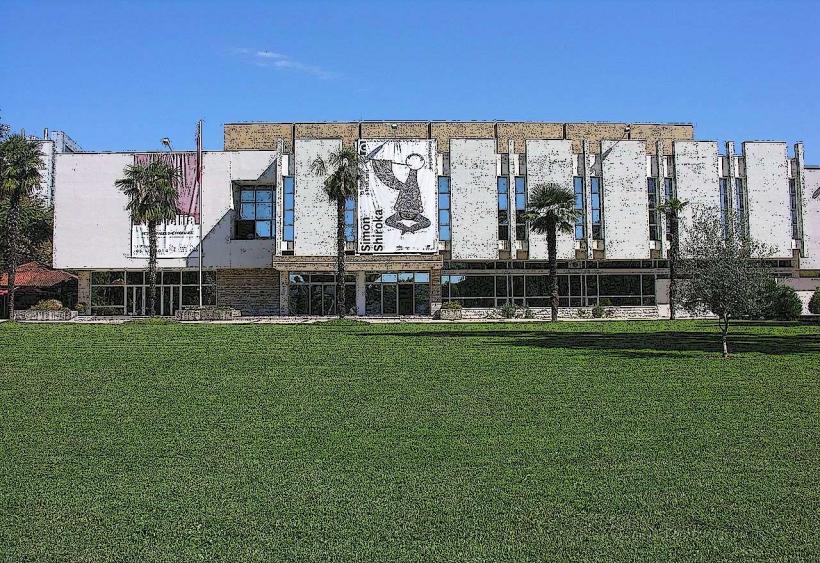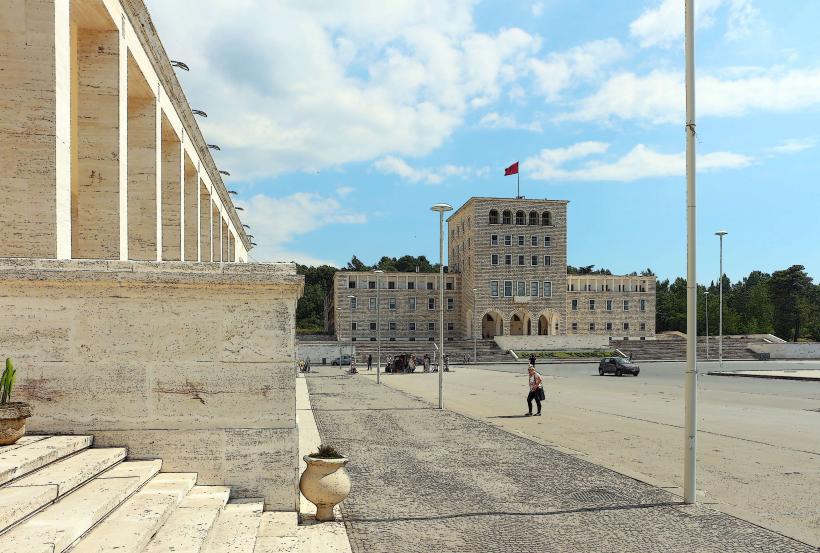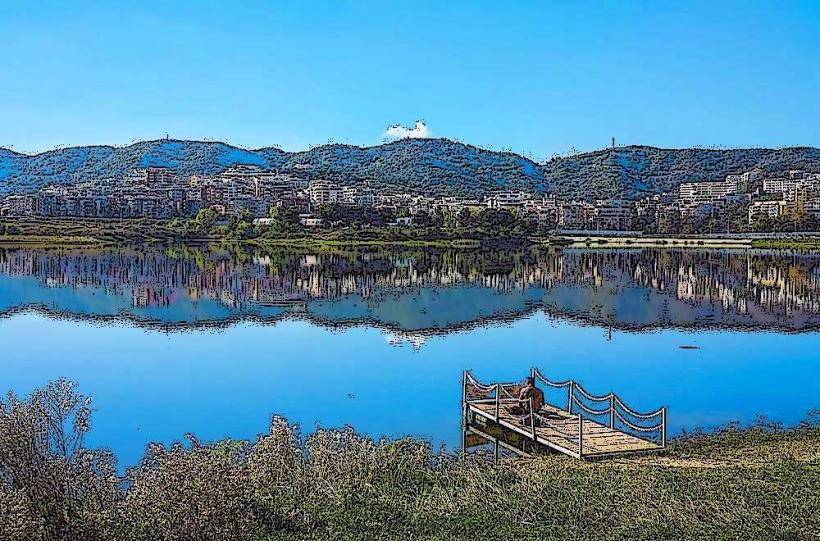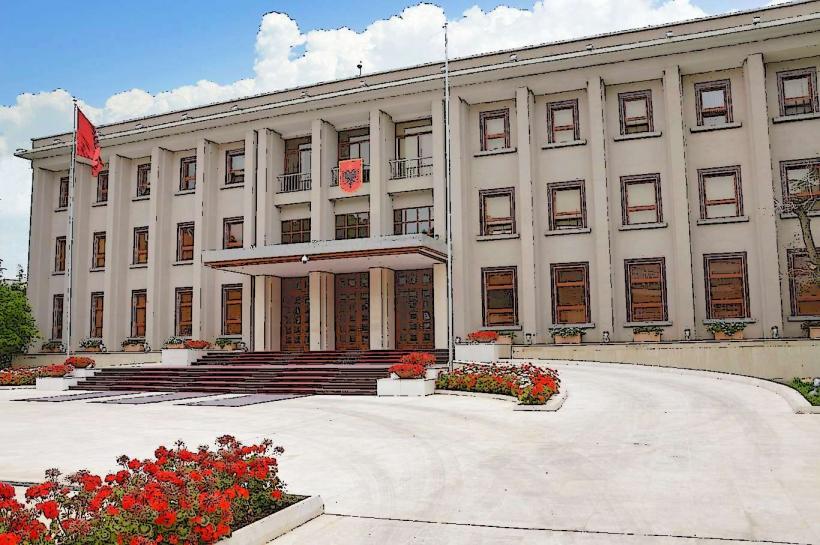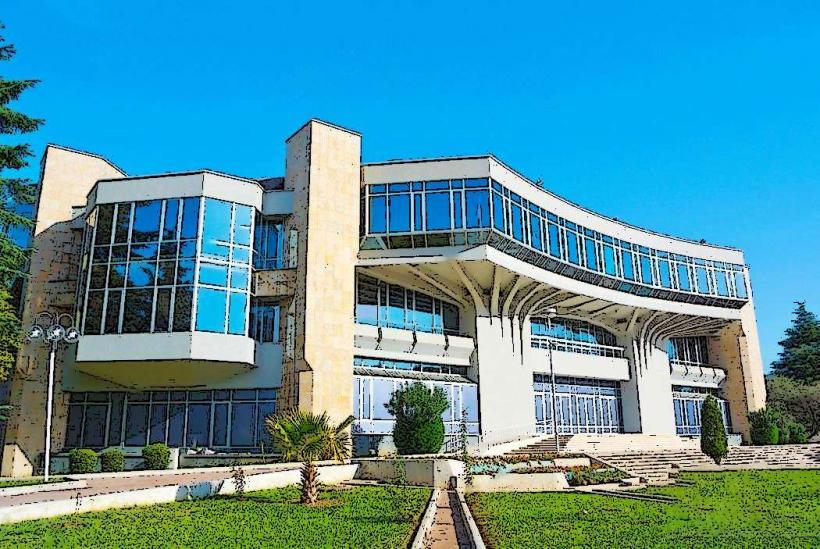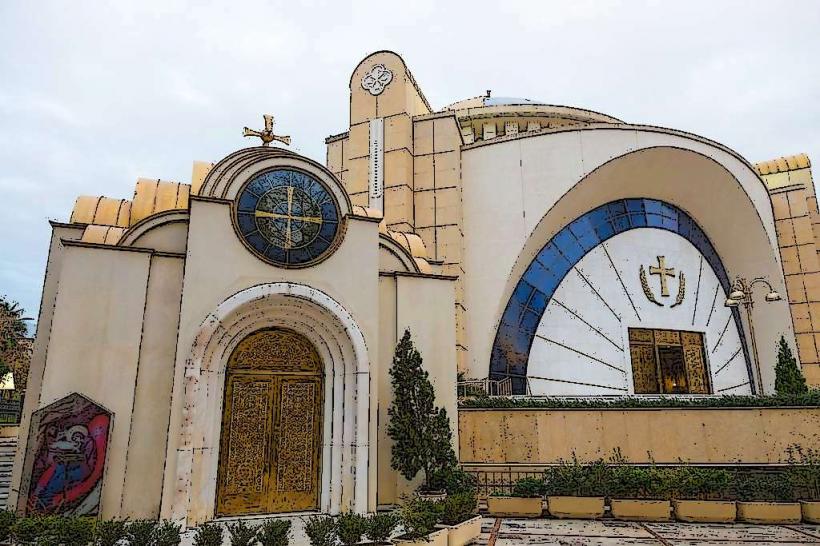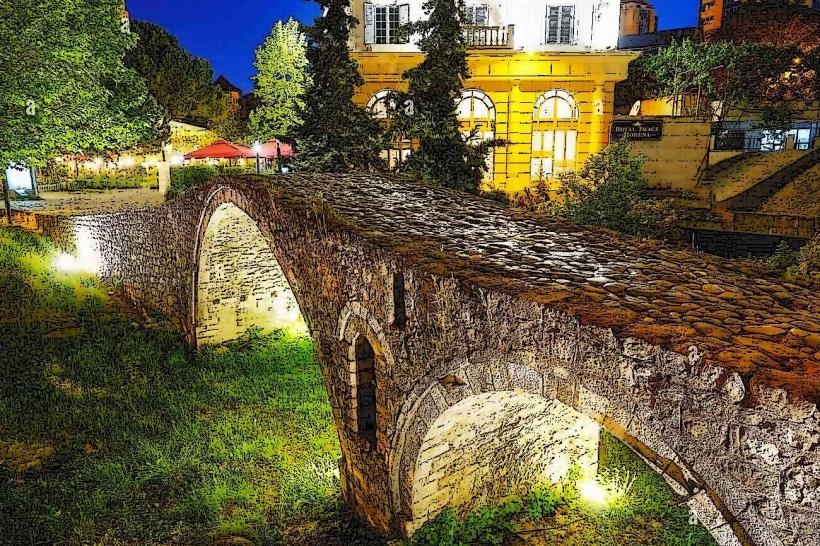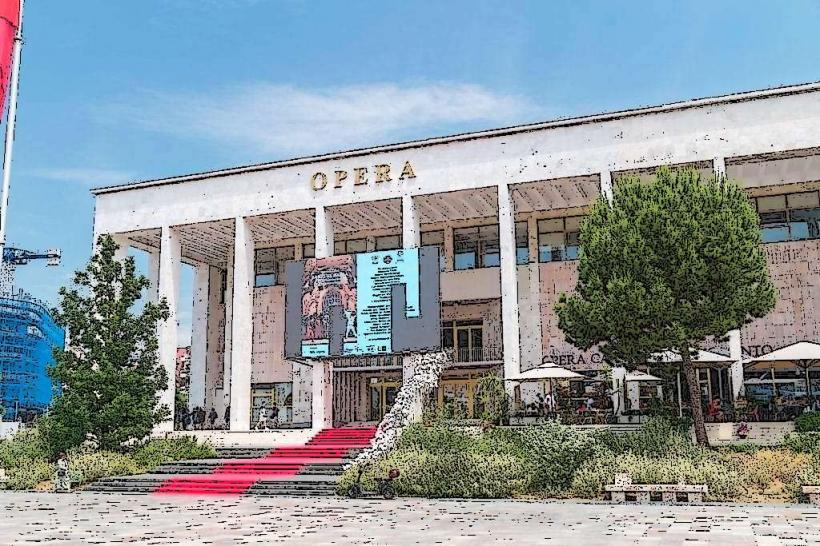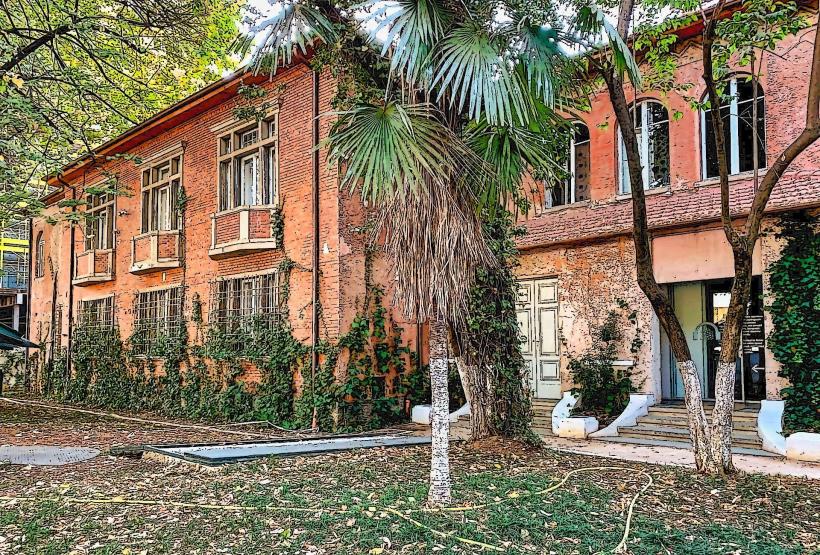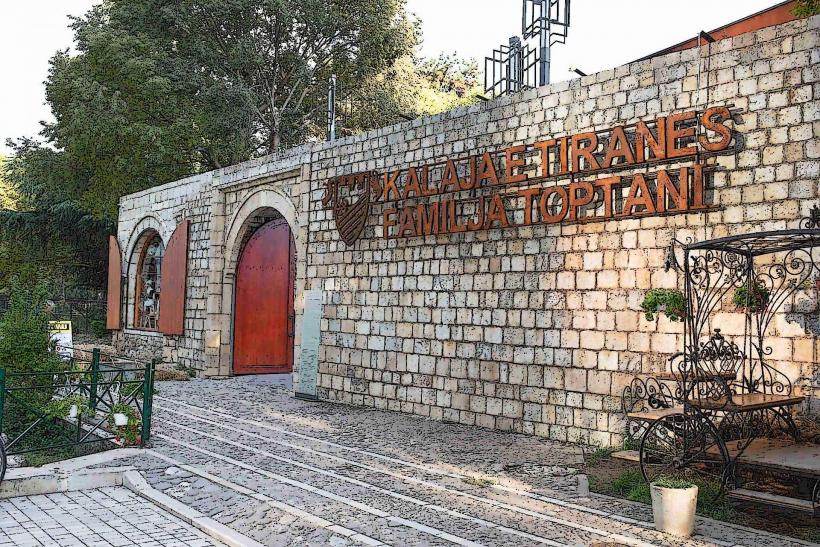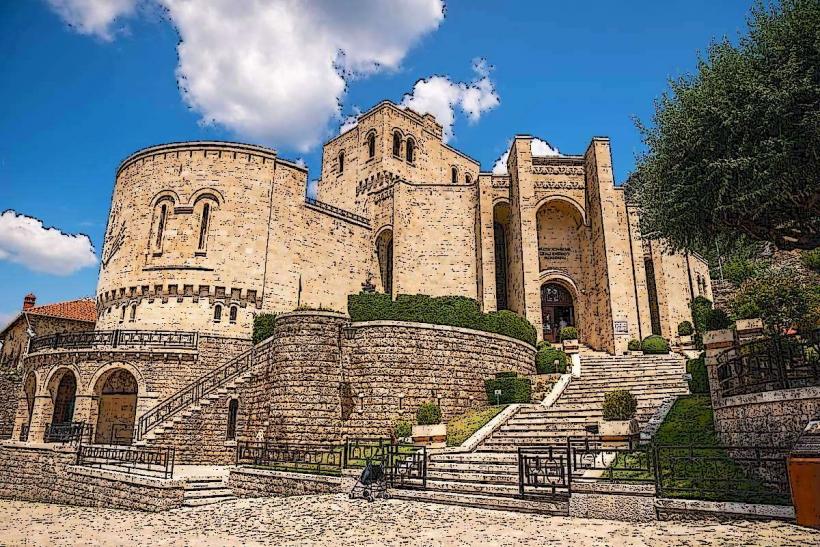Information
Landmark: Et'hem Bey MosqueCity: Tirana
Country: Albania
Continent: Europe
The Et'hem Bey Mosque (Xhamia e Et'hem Beut) is one of the most important historical and architectural landmarks in Tirana, Albania. Situated in the heart of the city, next to Skanderbeg Square, the mosque is a beautiful example of Ottoman-era religious architecture and is one of the few mosques in Albania that was preserved and continues to serve as a place of worship.
Here’s a detailed look at the Et'hem Bey Mosque:
1. Historical Background
The mosque was built between 1793 and 1821 by Molla Bey, a wealthy and influential figure from the region. It was named after Et'hem Bey, his son, who played an important role in its construction and subsequent renovations. The mosque is an important symbol of the Ottoman influence in Albania and Tirana, as it was part of a period when the Ottomans ruled the region for several centuries.
In addition to being a place of worship, the mosque served as a center for local communities and became a symbol of cultural and religious life during the Ottoman period.
2. Architectural Features
The Et'hem Bey Mosque is an excellent example of Ottoman architecture, blending traditional Islamic elements with some local influences. Its design is distinguished by the following features:
Dome and Minaret: The mosque has a classic Ottoman dome, which is central to its design. The dome is supported by pendentives, allowing for a more expansive interior. The minaret, which is tall and slender, rises above the mosque and was historically used for the call to prayer. It stands at approximately 30 meters (about 100 feet) in height, and like many Ottoman minarets, it tapers towards the top.
Interior Frescoes and Decorations: The mosque is particularly notable for its intricate frescoes and painted decorations on the interior. The most famous of these are the frescoes that adorn the walls, which include representations of landscapes, trees, and even a view of the Tirana River. These frescoes are highly unusual for an Ottoman mosque, as Islamic art typically avoided depicting living beings or natural scenes. The frescoes are considered a rare and unique feature of the mosque, adding to its historical and cultural significance.
Tiles and Calligraphy: Inside, the mosque also features decorative tiles, calligraphy, and geometric designs, typical of Ottoman craftsmanship. The combination of these elements creates a serene and beautiful environment for worshippers.
3. Cultural and Religious Significance
Place of Worship: Et'hem Bey Mosque has served as a religious center for Muslims in Tirana for more than two centuries. It remains a place of active worship and is one of the oldest and most significant mosques in the city. It has a rich history of serving not only as a spiritual center but also as a place of gathering for the local community.
Religious Tolerance: The mosque has long been seen as a symbol of religious tolerance in Albania. Despite periods of suppression under communist rule, where Albania was officially declared the first atheist state in the world (1967), the mosque remained a symbol of Albania's multi-religious heritage. After the fall of communism, it was reopened to the public in 1991, representing the resurgence of religious practice and cultural revival in Albania.
Role in Modern-Day Tirana: In contemporary Tirana, Et'hem Bey Mosque continues to serve as an active mosque for prayers, especially on Fridays, during Ramadan, and on other important religious holidays. It is also a prominent tourist attraction, offering visitors a glimpse into the rich Ottoman history of the city. Despite being a place of worship, it is open to visitors, who are encouraged to learn about its history, art, and cultural significance.
4. Restorations and Preservation
Over the years, the mosque has undergone several restorations, particularly after Albania's communist era when many religious structures were either destroyed or abandoned. In the 1990s, after the fall of the communist regime, the mosque was extensively restored and reopened to the public.
The restoration efforts have focused on preserving the mosque's unique frescoes and architectural features while making the mosque accessible to modern visitors. The minaret and other key elements of the mosque's structure were also restored to their former glory, ensuring that the mosque remains a significant part of Tirana's cultural heritage.
5. Social and Political Importance
Et'hem Bey Mosque has played a significant role in the social and political life of Tirana. As a historical site, it has witnessed major political changes, from the Ottoman Empire's rule to Albania's communist era, and through the country's transition to a democratic state in the 1990s.
The mosque has also been a focal point in discussions about the place of religion in modern Albanian society. In a country that has a significant Muslim population but also a history of religious secularism, the mosque represents the balance between tradition and modernity, the importance of Albania's Ottoman past, and its role in a multicultural society.
6. Visitor Experience
Visitors to the Et'hem Bey Mosque can expect to experience a blend of architectural beauty, historical significance, and spiritual atmosphere. The mosque is located in Skanderbeg Square, which makes it easily accessible for tourists exploring the city. The mosque’s location in the city center makes it an integral part of Tirana's historical and cultural tourism.
- Guided Tours: Visitors can often find local guides who provide tours of the mosque, explaining the historical context of its construction, the significance of the frescoes, and the mosque’s role in the city’s history.
- Dress Code: As with many places of worship, visitors are asked to dress modestly when entering the mosque. Women are often required to cover their heads and shoulders, and everyone is expected to remove their shoes before entering.
Conclusion
The Et'hem Bey Mosque is not only a religious site but also a crucial piece of Albania’s historical and cultural tapestry. Its blend of Ottoman architecture, rare frescoes, and historical significance makes it a unique and treasured monument in Tirana. As one of the few remaining structures from the Ottoman period in the city, the mosque remains an active place of worship and a symbol of Albania’s diverse cultural and religious heritage. Whether for its artistic beauty, historical importance, or role in modern religious life, the Et'hem Bey Mosque continues to captivate visitors and locals alike.

